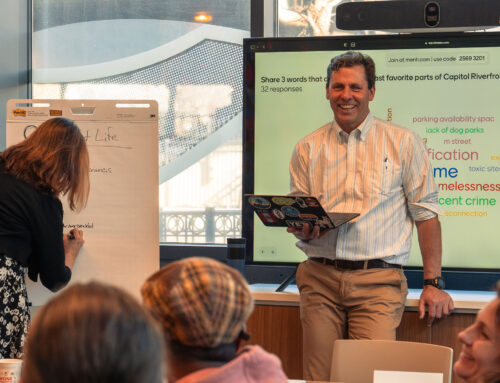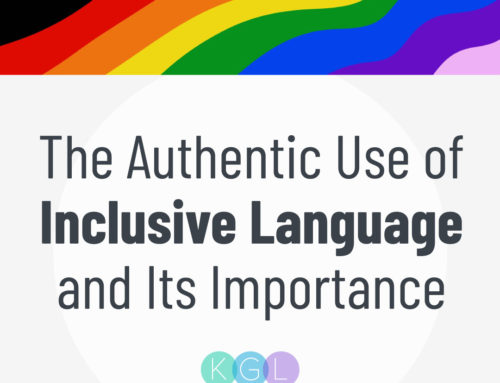KGL recently began working on behalf of a client who wants to invest in a historically Black neighborhood that has undergone tremendous change. As we embark on community engagement work for this client, one of our guiding principles is to honor and respect both the long-term residents of the neighborhood as well as those who may have just moved there.
As with all our clients, it is an essential part of our planning process to come up with an engagement strategy that is rooted in promoting diversity, equity and inclusion from day one. Baking DEI in community engagement builds trust between an organization and a community, which, in turn, fosters a mutually positive relationship. A community that has a positive rapport with an organization is more likely to engage with and support that organization’s mission. Bringing all members of a community together provides an organization with a clearer understanding of the community’s needs, therefore, better equipping them to provide impactful initiatives.
Community Engagement is a two-way street where an organization and a community collaborate to build a mutually beneficial relationship. This form of public engagement encourages communication between different groups within a community with the intended purpose of educating, sharing and facilitating meaningful connections and progress to address the issues that directly affect them. Community engagement is an essential component to building project consensus and must be inclusive to everyone who may be impacted to ensure an equitable outcome.
As a Community Engagement Supervisor, I’m responsible for cultivating a safe environment for community members to express excitement, curiosity and concern over projects and plans that take place in and around their community. I have gained valuable insight into successful community outreach and engagement efforts over the years that have informed my ability to create inclusive and collaborative environments for community members.
Diversity
Before actively engaging with a community, it is important to research the people who live in the area to understand their perspective in relation to the client’s wants. The realities of a community affect how willing or unwilling that group is to support certain initiatives. For example, if a historically underfunded neighborhood finds out that a new specialty grocery store that most residents cannot afford is coming to their area, there will more than likely be opposition. With their perspective in mind, communications professionals can modify their approach, or the initiative altogether, to better appeal to the community.
In areas as rich in diversity as the DMV, it is especially important to recognize and consider the lived experiences of various stakeholders when developing engagement processes. If possible, it is beneficial to identify underrepresented voices that may have been excluded in previous engagement activities to identify possible missing perspectives. Heterogeneous communities are not uncommon and intracommunal friction can occur if only one perspective is taken into consideration in decision-making.
Equity
Effective community engagement can be accomplished by approaching communities through an equity lens. This approach recognizes that not all community members have equal access to the same resources, opportunities, or decision-making power. By taking into consideration the very different, yet equally important, perspectives of community members, you can make well-informed decisions that value the diverse perspectives and experiences within a community, while also creating a lasting positive impact.
Inclusion
It’s important to foster a culture of collaboration and inclusivity during community engagement efforts by building relationships with the community. An unengaged community is not likely to support your initiative and poor relationship management can make projects an uphill battle. Building a good rapport with the community can be achieved in part by being transparent about project deliverables and timelines. Involving folks in the decision-making process and ensuring that everyone’s needs and concerns are heard and addressed can build trust from the community, thus improving our relationships with community members.
Aspects of diversity, equity and inclusion should be baked into every community engagement strategy. By prioritizing these components, we are capturing the voices of many and ensuring that historically underrepresented or excluded voices are heard. While research, cultural competence, relationship building, management and data usage are effective community engagement strategies, the efficacy will only be as strong as the quietest voice in the room. By empowering each and every voice, we can create more equitable and inclusive communities.


